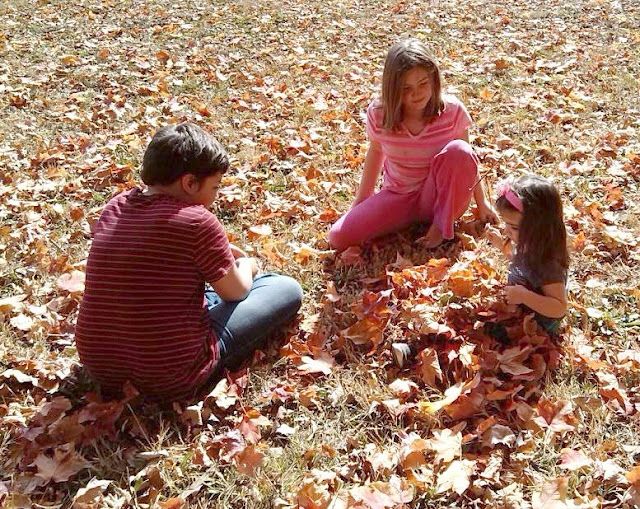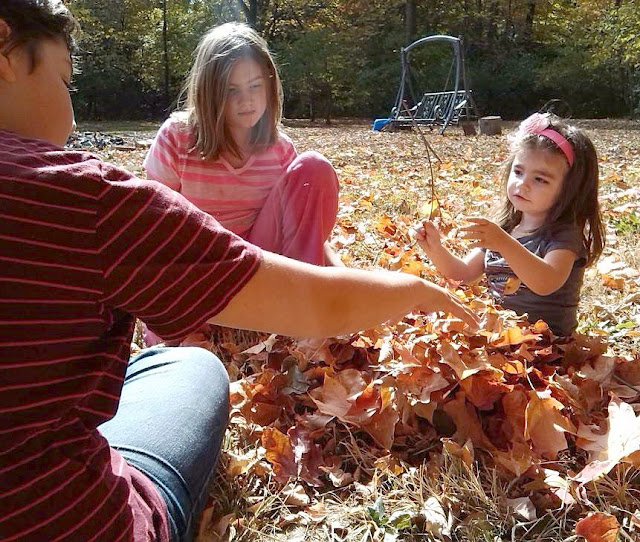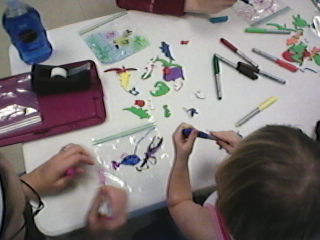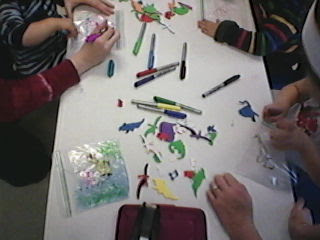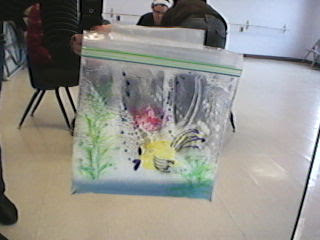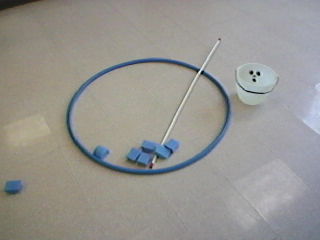Tips for Playing and Working with an Autistic Child
 |
| Tips for Working with a child with Autism. |
Social Interaction is a key concern for parents with a child who has Autism. Remember, play is the work of children. Does your child engage with you or with other children while playing? If your child has been diagnosed with Autism, the answer is more than likely no.
As parents or caregivers you can adjust your style of play to make playing with a child with a sensory processing disorder more enjoyable for everyone involved.
Making small adaptations to the environment will help parents to observe and begin to understand how their child’s mind works. Forget how you remember playing as a child; be open to a new way of playing and a different kind of interaction.
All children like to make their own decisions and choices. If you set up several stations with various types of play opportunities, your child may be drawn to one or more of them. Don’t jump in or show too much excitement. Sit back and become a silent observer doing research while your child explores his new environment. At first, it may be interesting but intimidating for the child. Let them explore or simply observe the invitations you have provided for play.
Perhaps, you have ordinary cardboard boxes in varying sizes. Leave some empty to let your child explore his imagination. Fill others with different types of toys. Depending on the age of the child, make appropriate “toy” choices. A box filled with pots, pans, and wooden spoons is a scientific experiment. Contain your desire to show your child how to bang on the pots or wear one as a hat.
Let your child teach you how they want to play. A simple thump on the pot could frighten the child and ruin the experience for everyone. The idea of wearing the pan as a hat could also discourage the child.
In the coming days or weeks, as your child becomes more comfortable observing or playing with the toys, you can slowly introduce your style of play. Sit across from the child; don’t worry if they are not watching you. Just play.Gently, put the pan on your head. Pretend to stir soup in a pot. What happens if you scrape the bowl? Observe how your child reacts, but don’t force or ask them to play yet.
Be patient; if your child isn’t interested today, move on to a new toy. By playing by yourself, you are demonstrating how to play, how you play, and letting your child know it is okay to play alone.
Remember, it is okay to play alone! All children learn through play, so never discourage them.
In time, your child may begin to feel less threatened.They may do what you do, or they may choose a toy and hand it to you to see what you will do with it. If they don’t, keep trying with quiet encouragement. Keep experimenting with new ideas, but always watch your child’s facial expression and body language. If they don’t like what you are doing, change it.
Hopefully, one day your child will accept your invitation to play.
Need some more ideas? Here are ten sensory play activities for kids.
Recommended:
Circle Time Activities
Autism Breakthrough: The Groundbreaking Method That Has Helped Families All Over the World





